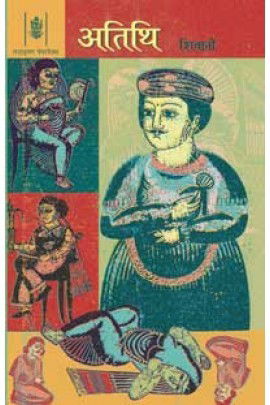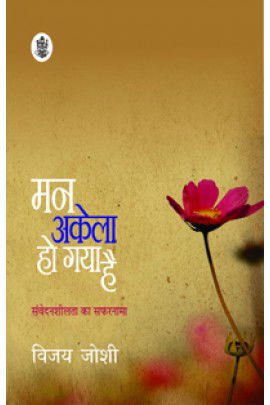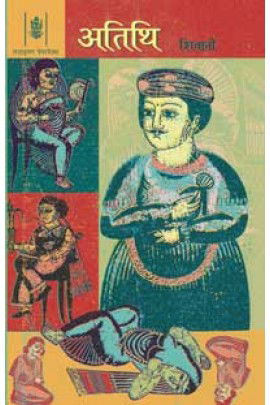Literature
Hindi publishers adopt technology, new strategies to revamp business

Hindi language publishers are adapting - and how - by offering fresh
content, launching mobile apps and aggressively marketing their books to
resurrect the genre's lost stature against the giant rise of literature
in English.
To keep pace with ever-changing technology and
reconnect with their dwindling readership, one of India's oldest
publication house - Rajkamal Prakashan - has changed its business model
to present itself as an "evolving" publisher in tune with the times.
"Readers
want change and as a publication house if you fail to understand their
requirements then your business model will fail. So it was very
important for us to go digital and publish e-books. Now, we have even
launched an app," Rajkamal Prakashan managing director Ashok Maheshwari
told IANS.
"Also, there was a big void in the Hindi publishing
industry. Either we had pulp fiction or literary writings, so we decided
to fill this gap and started publishing novels that are contemporary,
which youngsters can relate to," he added.
The winds of change can be seen from the way Rajkamal has understood the value of the online retail market.
A
testimony to this change is its latest novel "Ishq Me Shaher Hona" by
journalist Ravish Kumar, for which the publication house signed an
exclusive online deal with amazon.in . This was in
line with what the publisher of President Pranab Mukherjee's "The
Dramatic Decade: The Years of Indira Gandhi" had done by signing a
three-week exclusive deal with the online retailer.
The Hindi
literary heritage boasts of prominent writers like Premchand, Mohan
Prakash and Amar Goswami, who heralded a new era by mirroring societal
evils through their writings. However, the past two decades have
diminished the aura of Hindi literature and many blame the rise of link
languages for such a gloomy situation.
While many lament declining reading habits for this slow death, others feel Hindi readers are not "willing to shell out" money.
"The
readers are there, but they are not always willing to spend a lot of
money on Hindi books. Also, we don't have enough budget to market our
books. So, in one way or the other, the industry is suffering," Kapil
Bharadwaj, director, Shilpayan Publications, told IANS.
"Another
worry is the 'maintenance of class' syndrome. The mindset is slowly
becoming like if you are reading a Hindi book people will form opinions
about you. They might presume you don't know English," said Bharadwaj,
adding they publish many critiques, novels and satires by
prominent and new writers alike.
They have also started publishing translations of Pakistani novels.
It was at the ongoing World Delhi Book Fair IANS met the publishers and readers who were in pursuit of "fresh" writings.
"These
days not many publishers bring out Hindi novels. They will either
publish management books or personality development books. Not many dare
to commission new writers who are writing about contemporary Indian
society," Satyendra Prakash, a buyer, told IANS.
"So a fair like this allows niche readers like me to touch base with publishers who are focussing on new content."
Treading
a different route altogether is Diamond Books, which has been in the
industry for the past six decades and is known for its comic strips like
"Chacha Chaudhry" and "Billoo".
For Diamond, "aggressive
marketing" is the route to reach out to India's hinterland and Hindi
translations of Chetan Bhagat's "Half Girlfriend" and K. Natwar Singh's
"One Life is Not Enough" reinforce its stronghold in the Hindi belt.
"These
authors, whose controversial or best-selling books we publish, they
know our reach. So, they don't hesitate to give their rights to us. We
are not boasting but our marketing and network are extremely strong,"
Narayan Sharma from Diamond Books' marketing department told IANS.
"Trends
have changed and people don't tend to lean towards literary stuff. They
want books on personality development, marketing management and
self-help books," he added.
This was evident from the Diamond
stall at the fair, where the major chunk of books touched upon these
topics and hardly any new writers or new novels were spotted.
This,
Bhardwaj felt, is because "not many publishers want to take risk" and
instead focus on what suits their publication best to flourish.
Given
these pitfalls and furious competition from English literature and
technology, Hindi literature is surely striding to revive its reader
base and regain its lost glory.
(Shilpa Raina can be contacted at shilpa.r@ians.in)





































